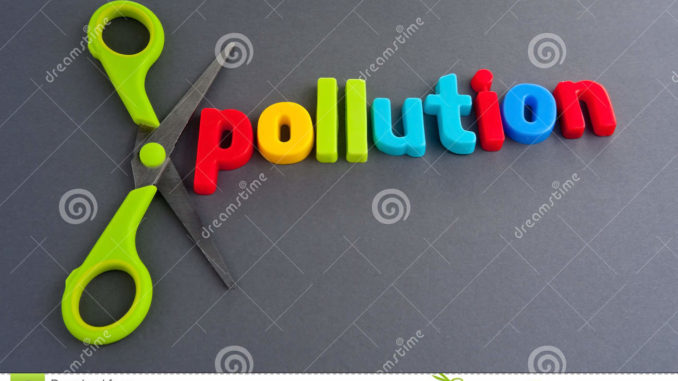
Here is a big dream: by 2027, when India celebrates its 80th year of Independence, let’s aim to reduce air pollution by 80% in 80 cities. Let’s call it Mission 80-80-80. Air pollution is the great leveler. It affects us all, rich and poor; city dwellers and village folks, those inland and those on the coast. Researchers at the Council on Energy, Environment and Water (CEEW) and International Institute for Applied Systems Analysis (IIASA) found that the one out of every two Indians breathes air that does not meet our air quality standards. In 2017, 1.24 million deaths in India were attributable to air pollution, more than caused by diarrhea, tuberculosis, HIV or malaria. The health cost is as high as $80 billion.
We can run air purifiers at home, but for how long can we lock up ourselves at home? Our helplessness contributes to collective apathy towards air pollution. If we feel we cannot do anything about it, we ignore the issue or grasp at temporary reprieves when the wind changes direction or rain brings respite. But what should a democratic demand for clean air look like? For active citizen engagement and to combat our helplessness, we must demand answers to five questions. First, will reported violations get a response? Most Indian cities and much of rural India have no air quality monitoring. We need to demand air pollution monitors in our constituencies. We also need active monitoring and emergency response. One immediate action would be to create pollution control rooms (PCRs) and rapid response teams (RRTs). Citizens can become fire alarms, report violations, say by industries or construction sites, to PCRs and expect that RRTs would respond in real time.
Second, does a city have a plan? The national Clean Air Programme aims to reduce particulate matter by 20-30% in 122 “non-attainment” cities by 2024. This is not ambitious enough. The bigger challenge is deciding what to do. City plans should vary based on an airshed approach to understand the topography and metereology that impact concentration of pollutants. But they don’t. Uttar Pradesh has 15 non-attainment cities (second highest after Maharashtra). All have identical plans, each with the same 56 actions for vehicles, road dust, crop/urban waste burning, industries, or construction or demolition. Only Anpara (with a major thermal power station) has four additional measures to control power plant emissions. We need to demand plans that have been designed for cities and their air-sheds, not cut-and-paste reports by consultants.
Third, have we prioritized actions? When everything is considered important, nothing is important. In 15 UP city plans, there are tight timelines for major infrastructure changes. For instance, cities have 360 days within which to have electric buses and enough charging stations, with no reference to how these would be financed. Aggressive but unrealistic goals raise false expectations. Worse, there is a danger that authorities will fixate on silver bullet technological solutions (the latest craze is for ‘smog towers’) rather than the harder task of improving institutional governance.
Fourth, do we have the capacity to deliver? A recent CEEW podcast, Peak Planet, revealed gaps in the capacity of enforcement agencies. The Delhi Pollution Control Committee has less than 30 scientists and engineers dealing with air pollution in the NCR; Mexico city has over 200. The pollution control boards were set up primarily to deal with industrial pollution, not other sources. Our laws must change, allowing PCBs to impose fines for instance. But a workforce is also needed and there must be a demand for increased financial resources to fill vacancies.
Fifth, who do I hold accountable? Allocation of responsibility impacts chances of success. Often, the same agency is responsible for multiple tasks. For example, 12 measures (widening roads, decongesting roads, water fountains at traffic intersections etc.) have been allocated to 15 Nagar Nigams in UP, all to implemented within 90 days. Consequently, nothing gets done. Further, when multiple agencies are involved, coordination is not automatic and the buck easily gets passed. Nor do citizens know whom to hold accountable for lapses. Moreover, while pollution controls boards claim to track progress, the information is not publicly available.
Mission 80-80-80 is possible if public gets involved. Citizens must realize that air pollution will not disappear overnight. But the least that they deserve is the identification, reporting and elimination of grievance violations. They must also ask if strategic plans have been developed, if prioritized actions are afoot, if capacity has increased, and if there is accountability for failure. Then collective apathy might dissipate, giving way to a collective demand- and collective action- for clean air. We must start by asking hard questions- and demanding answers.
Matter referenced:
Arunabh Ghosh, Times of India, Ahmedabad, Sunday, 8th December, 2019.
By: Dr. Bhawana Asnani.
Happy to see Reviews, Additions, Suggestions and Comments, further.

Leave a Reply
You must be logged in to post a comment.